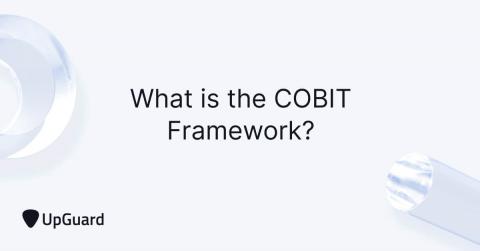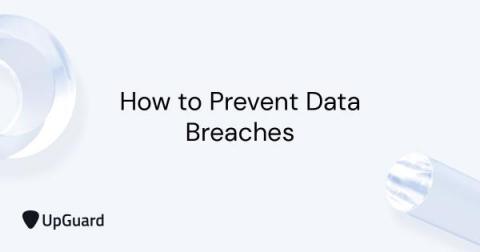Security | Threat Detection | Cyberattacks | DevSecOps | Compliance
Security
What is the COBIT Framework?
COBIT, or the Control Objectives for Information and Related Technologies, describes itself as “the globally accepted framework for optimizing enterprise IT governance.” The COBIT framework was designed to help organizations develop, implement, monitor, and improve their IT enterprise governance and information security processes.
35 Cyber Security Vulnerability Statistics, Facts In 2023
A vulnerability is a state of being exposed to the possibility of an attack. In the context of cyber security, vulnerabilities are software bugs that can expose your systems to threats like malware infection, DDoS attacks, injections, and ransomware attacks.
15 Best Free Online Vulnerability Scanners: Features & Benefits
Around 69% of all vulnerabilities are accounted for by CVEs with a network attack vector. With vulnerabilities seeing an ever-rising high, vulnerability scanners are becoming a priority for organizations.
What Is Vulnerability: An In-Depth Understanding
The number of devices, systems, and assets that are reliant on the internet is increasing by the day. From the POV of an attacker, this is a gold mine.
Cloud-Native Data Protection with Trilio for Red Hat OpenShift
Kubernetes Backup and Restore explained - How-to by Kevin Jackson (Trilio)
How to Prevent Data Breaches in 2023
A data breach occurs when sensitive information is exposed to the public without authorization. These events are growing in popularity, costing businesses an average of US$4.35 million per event. Unfortunately, many companies are unknowingly still repeating the same mistakes causing some of the biggest breaches in history. To prevent your business from becoming another breach static, adjust your cybersecurity program to the proven breach prevention strategy outlined in this post.
OWASP API1: 2019 - Broken Object Level Authorization
Compliance and adoption for companies using the Cloud
Cloud adoption and use in corporate environments are rising, and its future looks bright. Business spending on Cloud services indicates this upward trend, as it increased by 29% in the second quarter of the year compared to the same period last year. Cloud migration has ushered in changes to regulations to consolidate data security according to the nature of the business.











